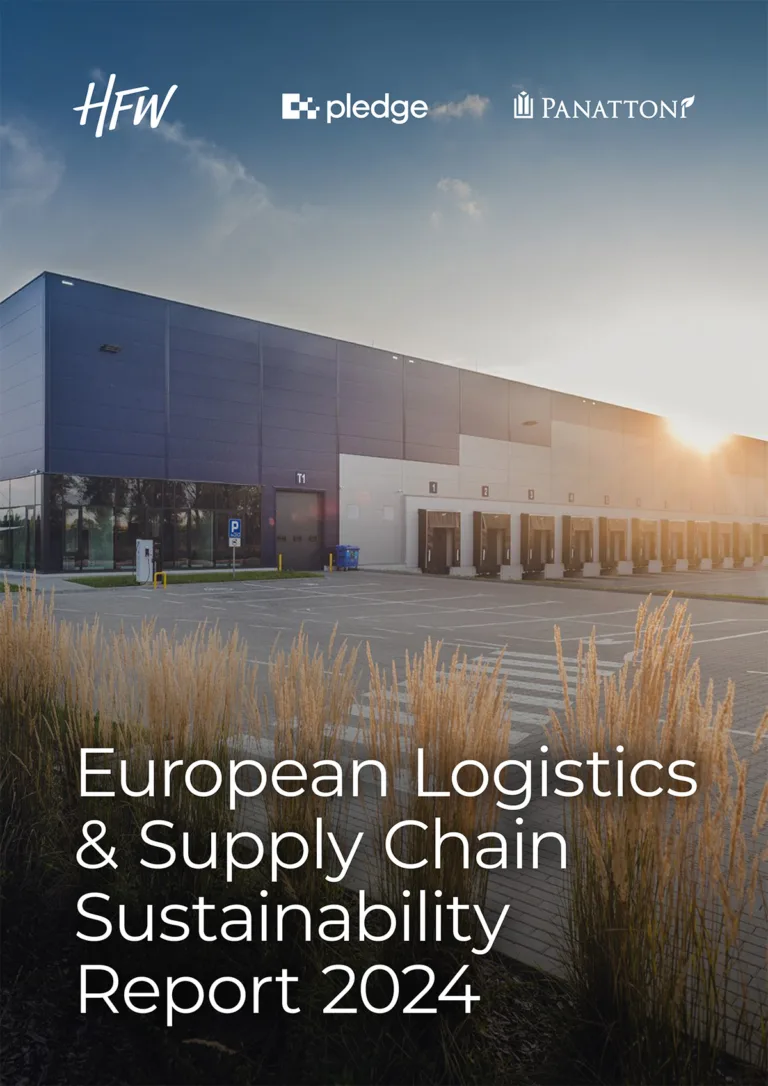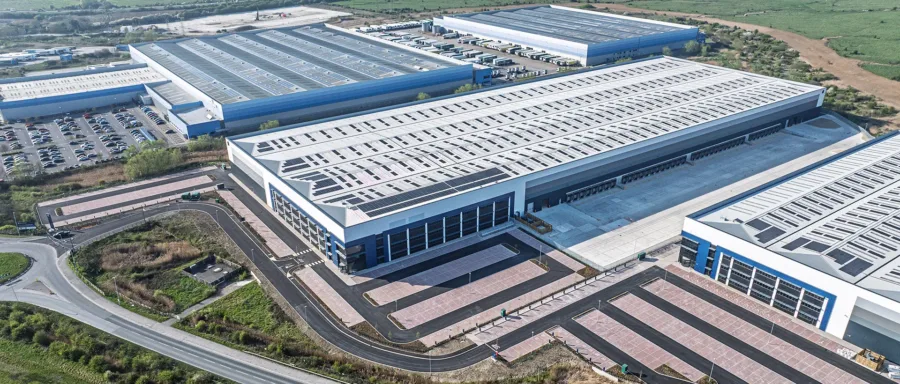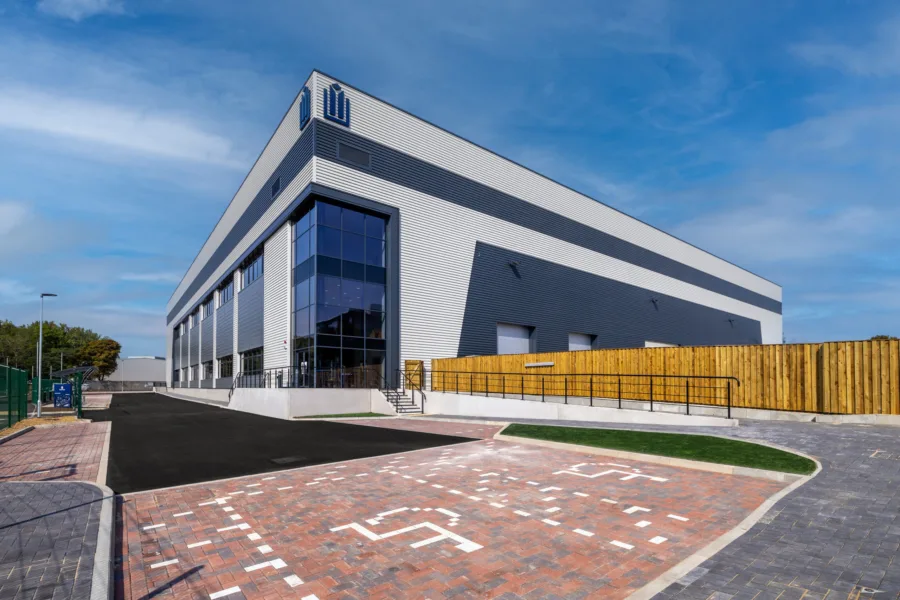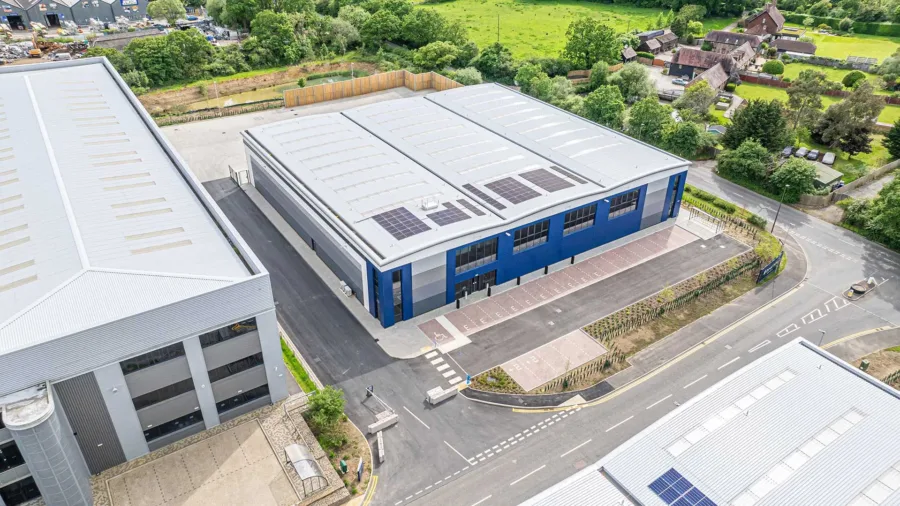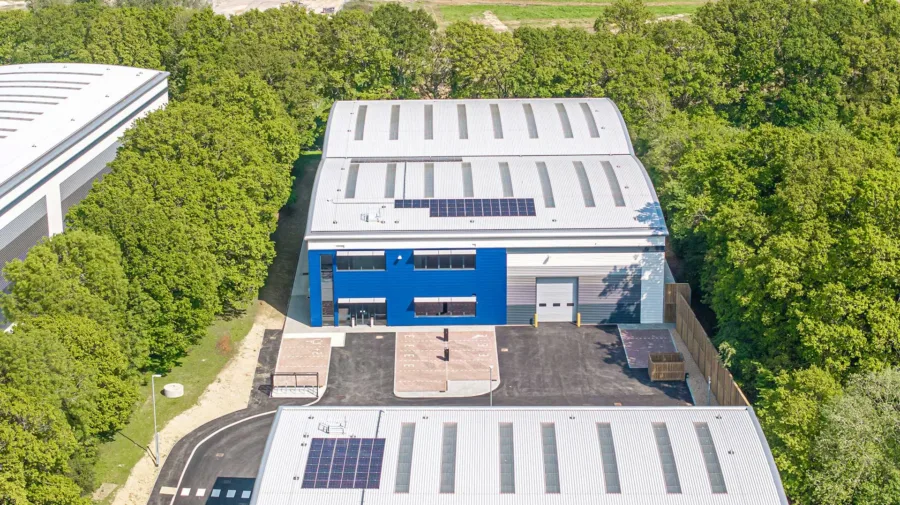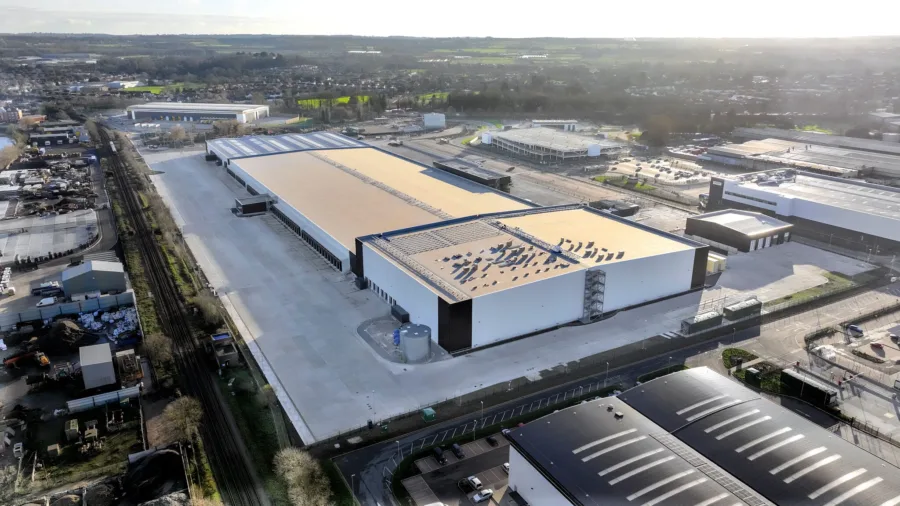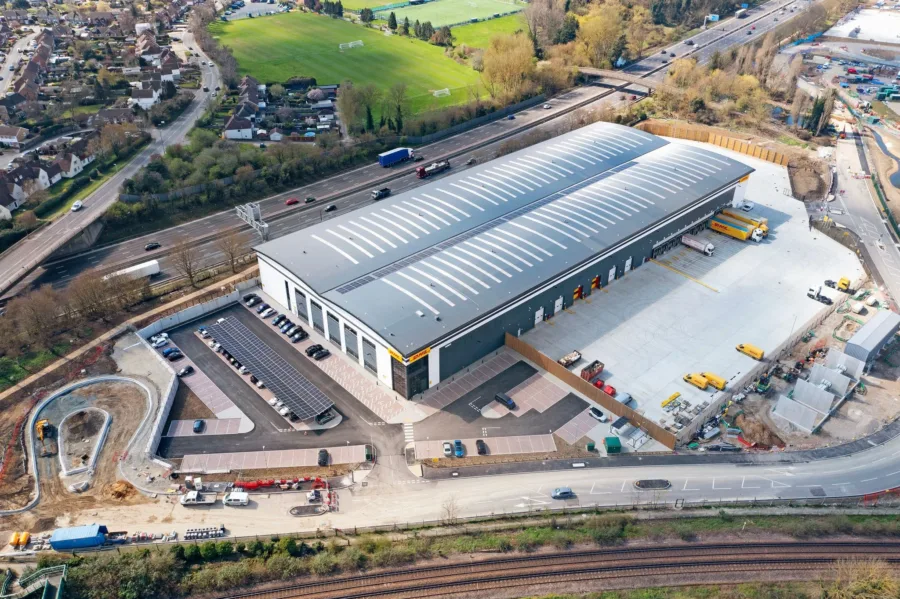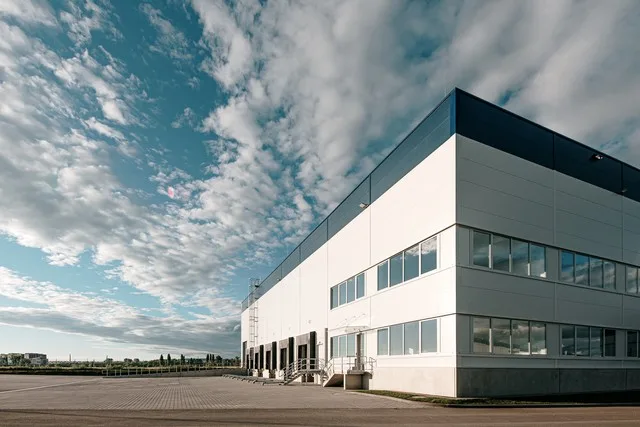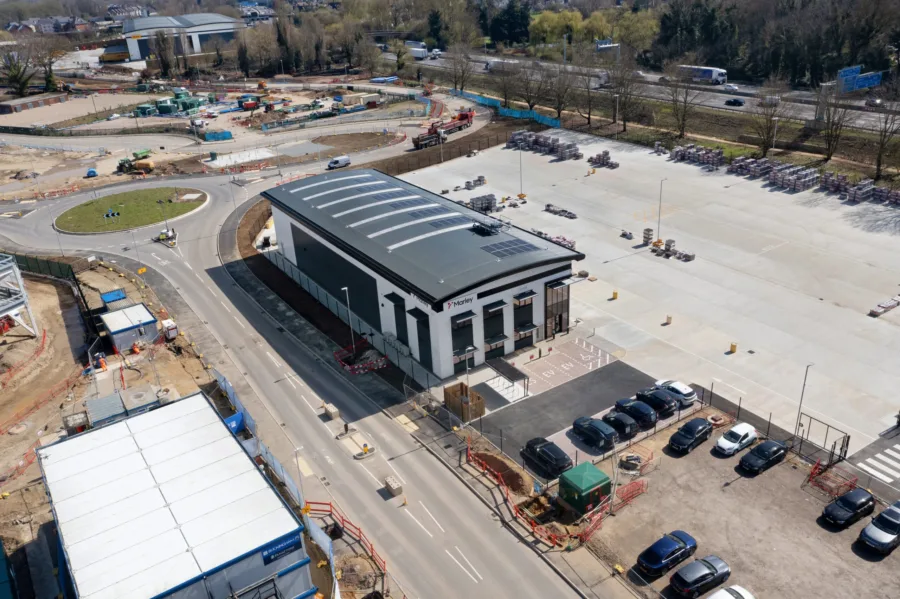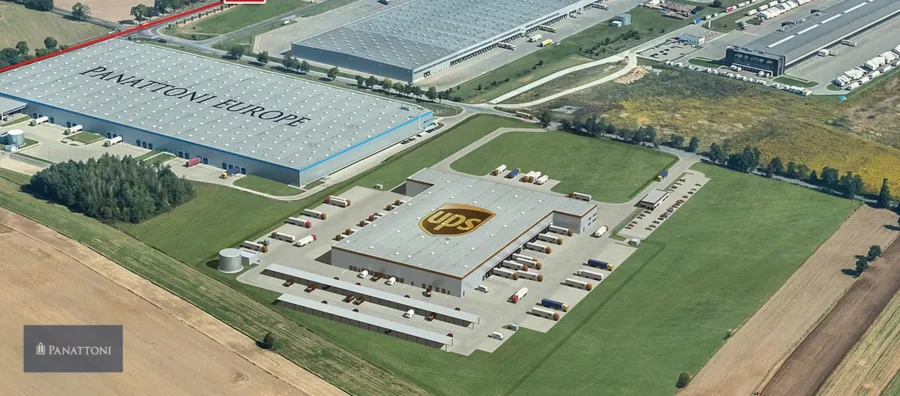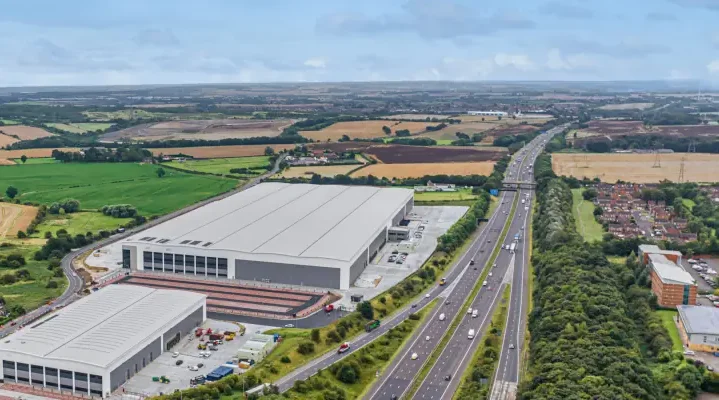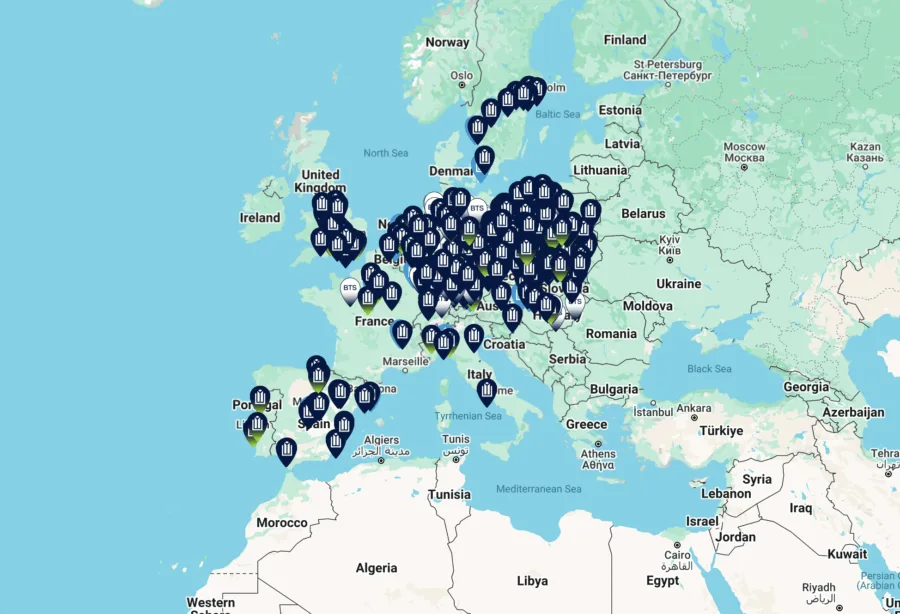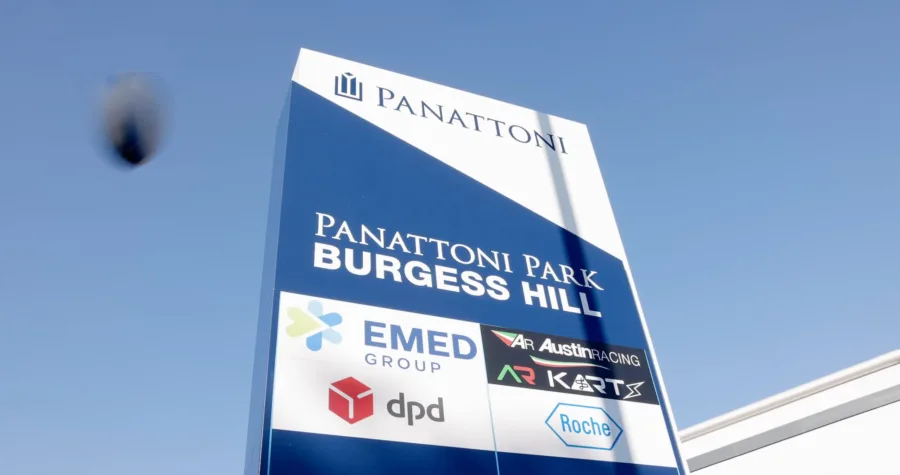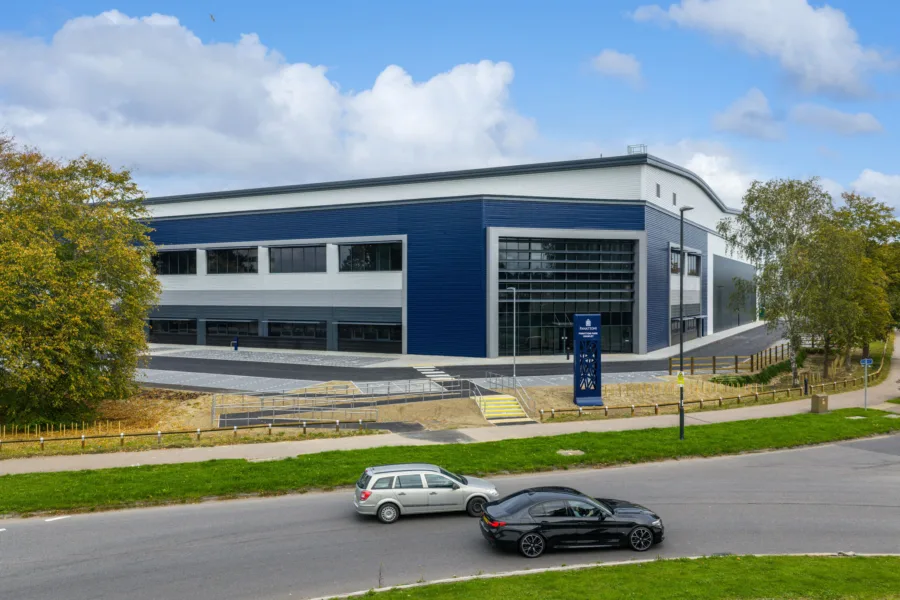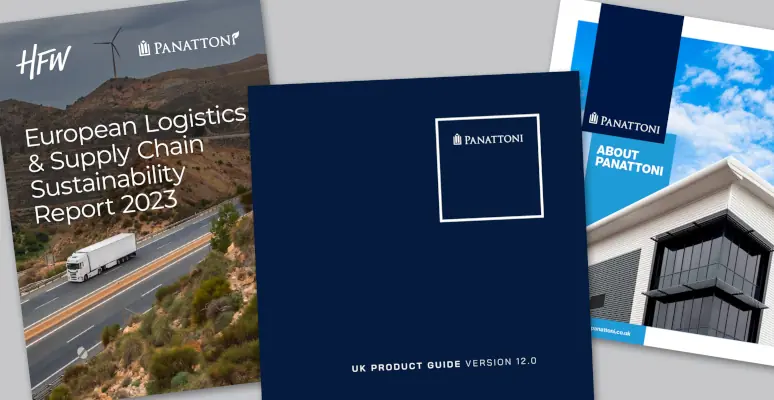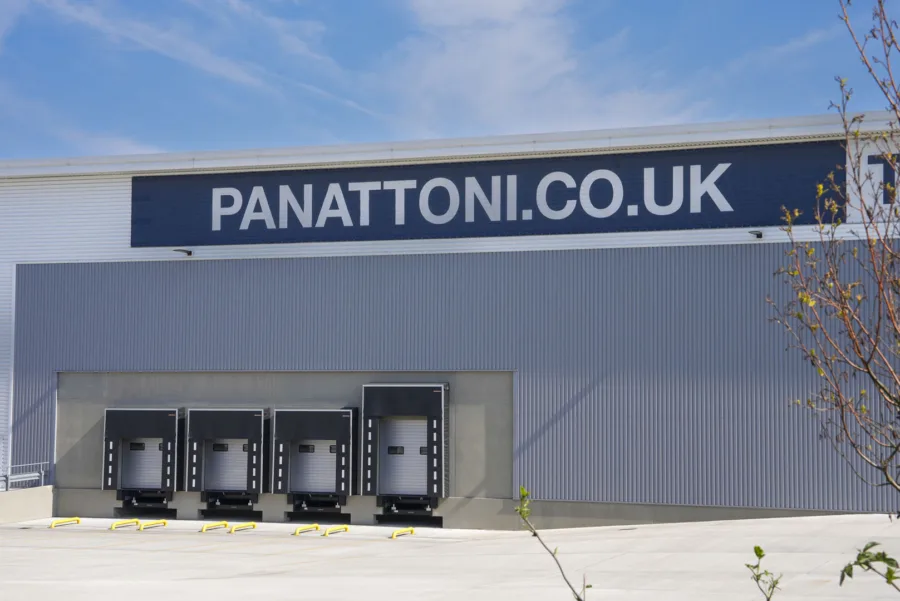
ESG
Our ESG Strategy
The 2025 Agenda for Sustainable Development
Developing the unique insight published in last year’s report, the majority of our research seeks to update the views and opinions expressed in 2022, as we start to build trends and analyse shifts in behaviour. We have also introduced several new research elements this year to focus on specific subjects of interest and we include three case studies, from GL Events, Noerpel Group and Coyote Logistics providing examples of ‘real-world’ ESG initiatives across supply chains.


Kettering Energy Park
per year by the M&S
solar array in Derbyshire
from landfill at
Panattoni Park Cheb
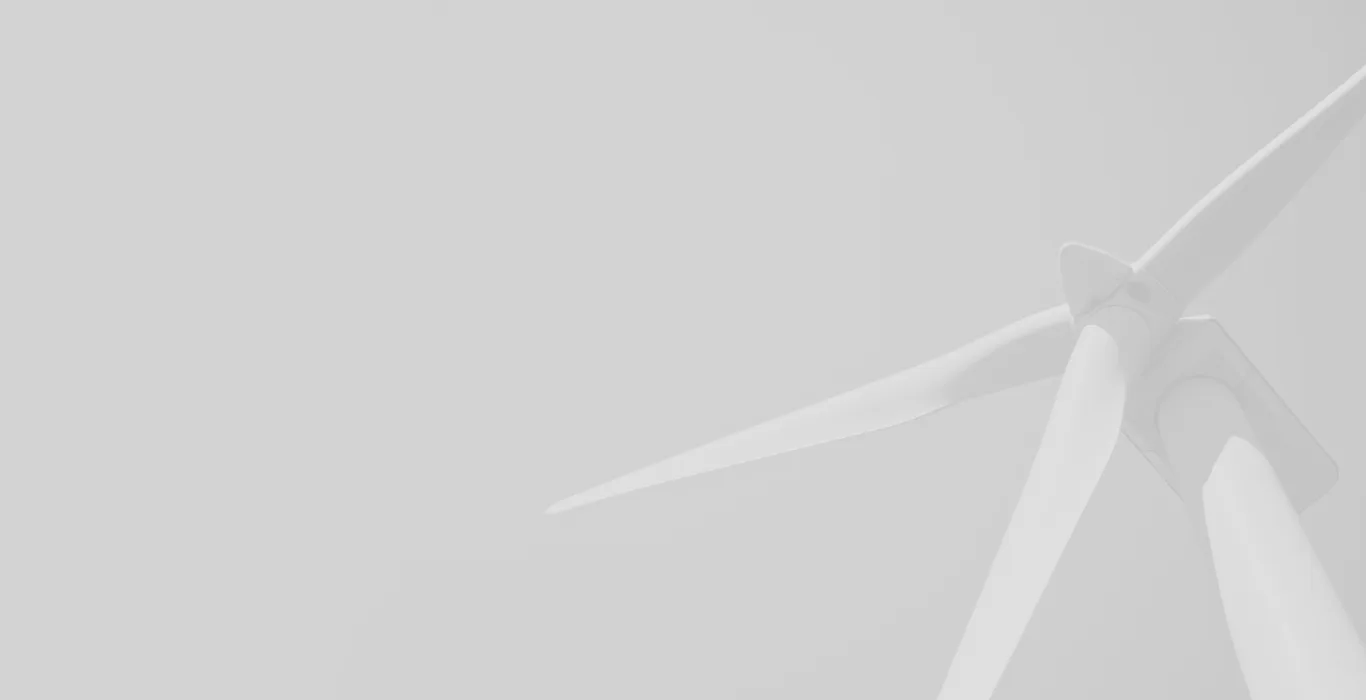

Our goal
is to make
a positive
long-term
impact

Committed to sustainable development
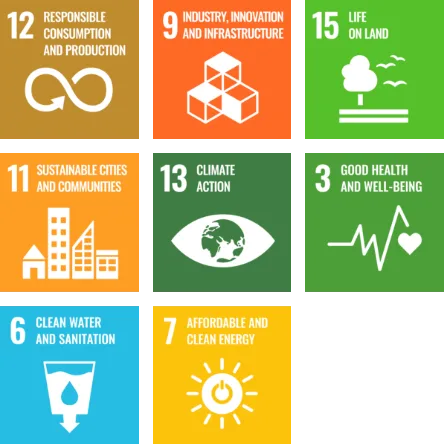
Delivering
sustainability

Delivery of Energy Park in Kettering, UK

Fitting largest solar roof in the UK for M&S at EMDC

BREEAM Outstanding at Panattoni Park Cheb, Czech Republic for Real Digital Green Solutions:
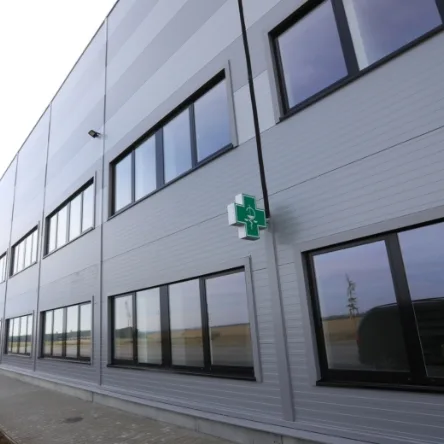
Fully automated warehouse for ViaPharma at Panattoni Park Prague Airport II Green Solutions:
Built-in sustainability
Two of the biggest causes of energy waste are lack of natural light and heat loss through air leakage. All Panattoni buildings include 15% roof lights as well as ‘supertight’ building envelopes as standard. Our intelligent lighting systems results in a reduction in electricity consumption by up to 70%.
In the summer months a major driver for the overuse of air conditioning is solar heat gain. Panattoni considers the orientation of office space and window positioning at the planning stage to design out solar gain. We also specify glazing with optimum reflectance, reducing the need for air conditioning still further.

Media Hub
Our latest projects, news articles, social media posts, media enquiries, videos and downloads


